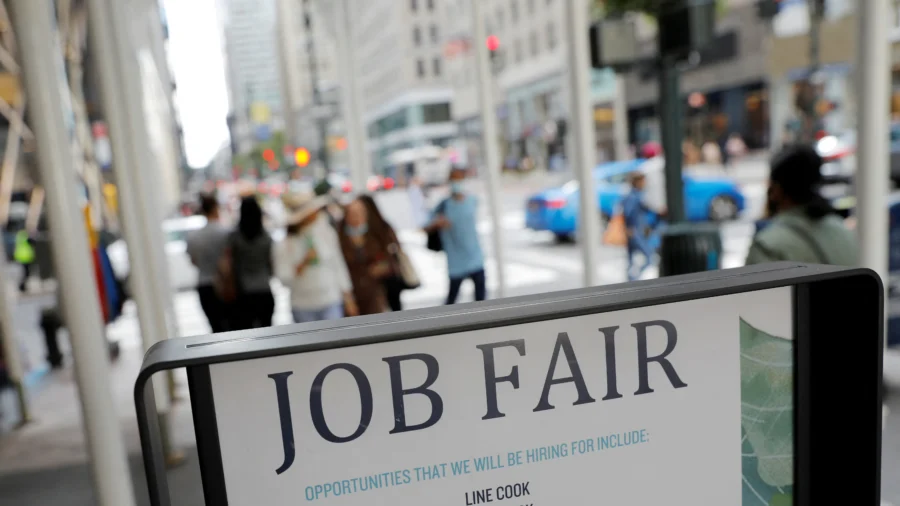The May ADP National Employment Report shows an increase of 152,000 jobs for the month, significantly lower than expected due to a steep decline in manufacturing jobs and weaker hiring in the leisure and hospitality sectors.
“Job gains and pay growth are slowing going into the second half of the year,” ADP Chief Economist Nela Richardson said in a press statement. “The labor market is solid, but we’re monitoring notable pockets of weakness tied to both producers and consumers.”
The report uses anonymized payroll data from more than 25 million U.S. employees to show trends and changes in the private employment environment.
Economists polled by the Wall Street Journal had expected a gain of 175,000 jobs in May.
Job losses were largest in manufacturing (20,000), mining (9,000), and information and professional/business services (7,000 and 6,000 respectively).
The biggest gains were in trade, transportation and utilities (55,0000), Education and health services (46,000), and construction (32,000).
Regionally, the only area with a net loss in workers was in the west, with a loss of 18,000 in the Pacific region that a gain of 8,000 in the Mountain region could not overcome.
Small businesses with 20 to 49 employees were hardest hit with a loss of 36,000 jobs. Large employers had the same number of jobs added as last month, 98,000, while mid-size employers added 59,000.
April’s job growth number of 198,000 was adjusted down to 188,000, showing the beginning of a slowing trend. Not everyone thinks the slowdown is bad news, however.
Stocks surged higher on Wednesday at the news, which investors felt could indicate the higher likelihood of a Federal Reserve interest rate cut in the near future. Both the NASDAQ and S&P 500 closed at record highs, with tech stocks leading the surge.
The Federal Reserve has been reluctant to reduce interest rates because of a generally strong labor market and other economic indicators showing slow, but consistent economic growth.
Interest rates are at two-decade highs, pushing costs for borrowing money higher. The Fed has not historically cut interest rates unless there is a recession or inflation is lower than the expected two percent.
Last month’s PCE report showed inflation at .3 percent in April, which would equate to 2.7 percent on a yearly basis. If inflation gets down to 2 percent or lower, interest rates may be cut to spur economic growth.
Seasonally adjusted jobless claims for the week ending June 1 were 8,000 higher than the previous week’s revised level, according to the Department of Labor. The previous week’s numbers were revised upward 2,000, but the four-week moving average was still 750 lower than the previous week’s.
Job openings reported by the Bureau of Labor Statistics remain at a steady 8.1 million as of April, but are 1.8 million fewer than a year ago. This shows a tightening of the labor market, but not to the point of job losses.
The number of job openings is now at a similar rate to the number before the COVID-19 pandemic, showing a return to relative normalcy in that area.
The last available unemployment rate was 3.9 percent. The rate has fluctuated slightly between 3.7 and 3.9 percent since August of 2023, but remains relatively changed.
Another indicator of a tightening job market was found in the ADP report; wages for those switching jobs rose less than in the past few months at 7.8 percent.
Overall wage gains were 5 percent on a yearly basis according to the report, which is almost double the current rate of inflation.

